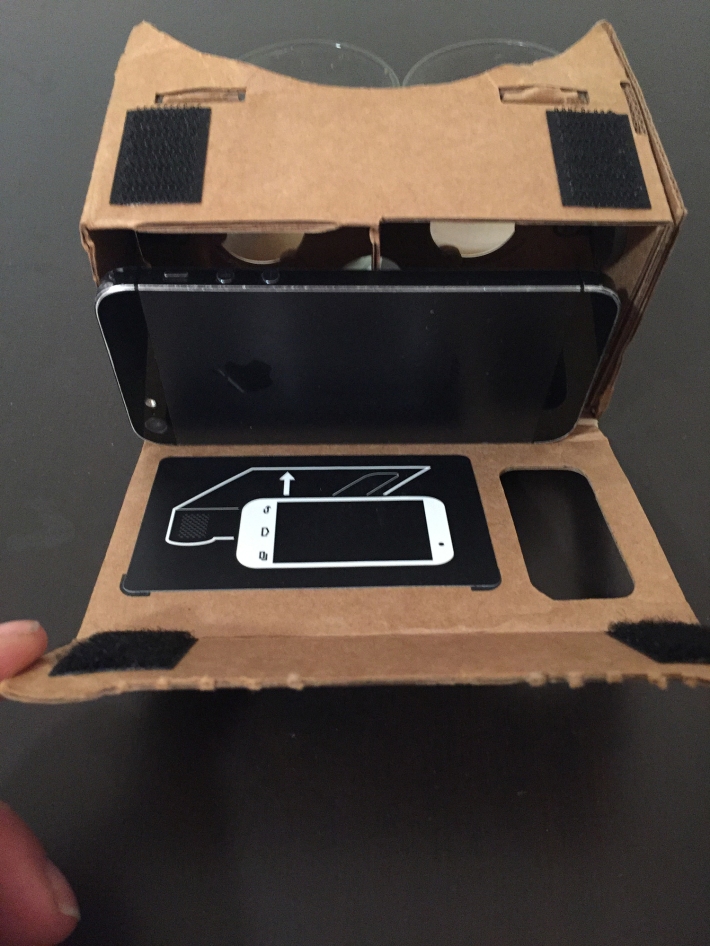PRS Tech Blog
by Jinesh Shah, BSc, Parisa Kamali, MD, Samuel Lin, MD, MBA
Reconstructive surgery, especially for patients with breast cancer, is on the rise. This is partially attributed to the increased survival with breast cancer, nearly 80% at 5 years now as compared to 50% in the 1970s. Breast reconstruction is challenging due to variable patient anatomy and the variety in reconstructive options. Currently, most surgeons use individual visual judgement combined with rough volume and weight comparisons to both the removed tissue and if possible, the remaining native breast while planning the reconstruction. While results from these techniques have been good, there is inherent imprecision in the process and consequently room for improvement.
Researchers at Sheffield Hallam University’s Center for Sports Engineering Research are targeting this very imprecision in implant based breast reconstruction by utilizing video game technology for more accurate 3D imaging. Specifically, they are using the Xbox Kinect to obtain breast measurements and decide on the optimal implant. Applications of this technology extend beyond post mastectomy reconstruction as researchers are also working to understand why some younger women with breast cancer opt not to undergo reconstruction (1).
Microsoft has launched a project, Touchless Interaction in Medical Imaging to bring Kinect into the operating room and utilize touch free gestures to change, move, and manipulate imaging, all the while maintaining surgeon and procedure sterility (2). Their novel system is already in use by vascular surgeons at St. Thomas’ Hospital, London, aiding intravascular stent placement, saving time, and providing clinicians a useful surgical tool. The surgeon is able to communicate with the system using touchless gestures, while the Kinect system is able to track and follow multiple individuals simultaneously, a distinct advantage from other existing camera based systems (3). There is also a protocol in place for training it to “know” which individual in the operating room to follow and obey, since everyone looks similar under sterile gowns and multiple people could be moving or talking simultaneously. While technology is often difficult to implement in medical practices because of steep learning curves, Kinect based systems are aligned with surgeons’ experiences of using their hands to manipulate tissue in the real world and translate seamlessly into manipulating imaging of these very tissues in the virtual world. Altogether, this process should allow surgeons to manipulate critical imaging the way they want on their own, without disrupting workflow by asking a proxy to do it for them.

Figure 1

Figure 2
Google Cardboard (Figures 1 and 2) is yet another useful tool that has applications related to virtual reality and pre-operative 3D surgical planning. The device, which is cheap, made entirely of cardboard, and shaped like binoculars, helps convert any smartphone into a 3D tool. Recently, cardiac surgeons in Miami used it to plan a complicated surgery on a 4 month old infant (4). The tool allowed them to visualize and manipulate the organ in virtual reality in real time, helping identify the best approach and method of reconstruction before making a single incision. In conjunction with 3D printers, this technology has also rapidly found use in other surgical fields, including craniofacial reconstruction. For example, 3D printers and complex facial modeling software were successfully used in the face transplant procedure performed at Langone Medical Center (5). The system helped surgeons model both soft and hard tissue accurately, contributing to its overall planning and completion.
As technology has advanced from face recognition to “gesture recognition”, devices continue to support multidisciplinary collaboration; for example, one opportunity is at the confluence of neurosurgery and plastic surgery where image guided intervention is critical and operating real estate is limited. Gaming, imaging, and technology specific to creation and manipulation of virtual reality continue to improve, as do their medical applications. This interface between computing and motion detection promises advances in our understanding of biomechanics, body measurements, and sensor technology. Faster, more precise treatment will become the norm and efficiency will improve with increased focus on pre-operative planning. Consequently, research in these fields is engaging for both researchers and patients, and it truly highlights the frontier of medical research.
REFERENCES:
________________________________________________________
2. http://research.microsoft.com/en-us/projects/touchlessinteractionmedical/
http://research.microsoft.com/en-us/news/features/touchlesssurgery-060712.aspx
3. http://research.microsoft.com/en-us/news/features/touchlesssurgery-060712.aspx
4. https://www.rt.com/usa/327389-google-cardboard-heart-surgery/
5. http://www.3dsystems.com/blog/2015/11/virtual-surgical-planning-assists-full-face-transplant





